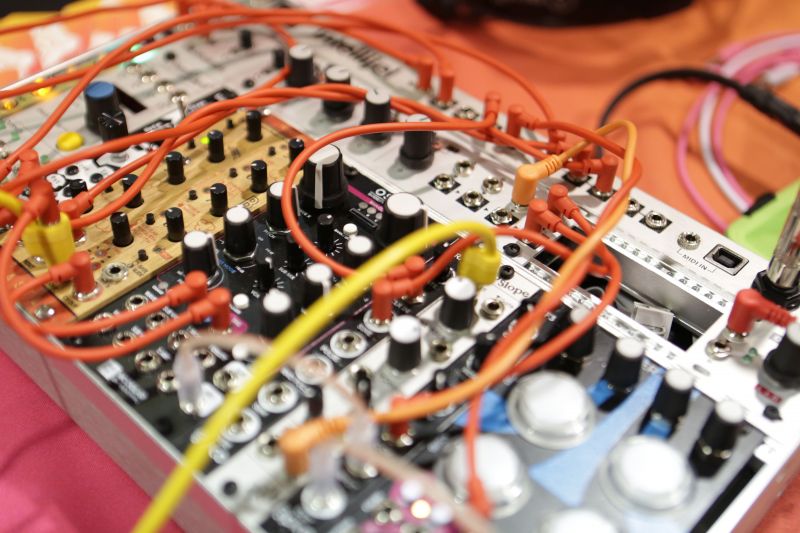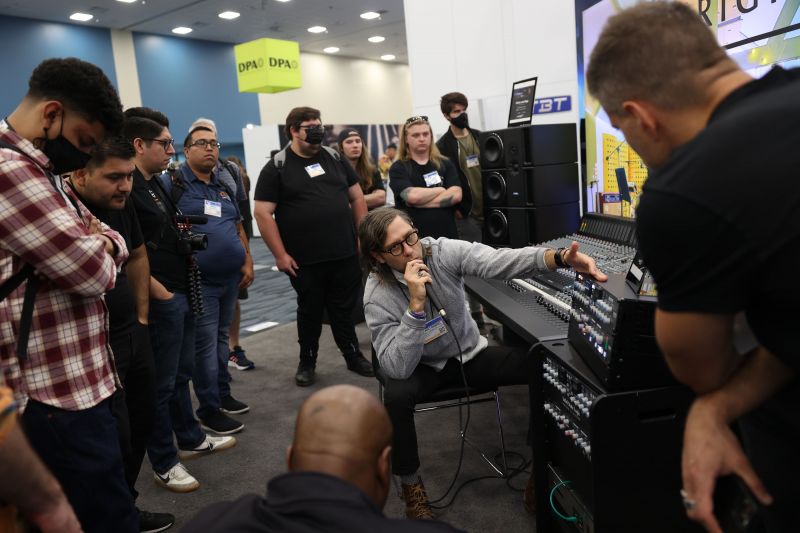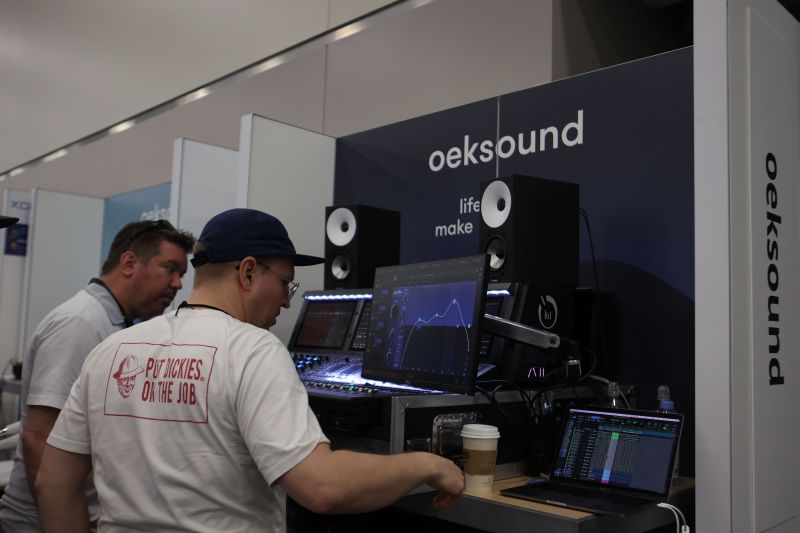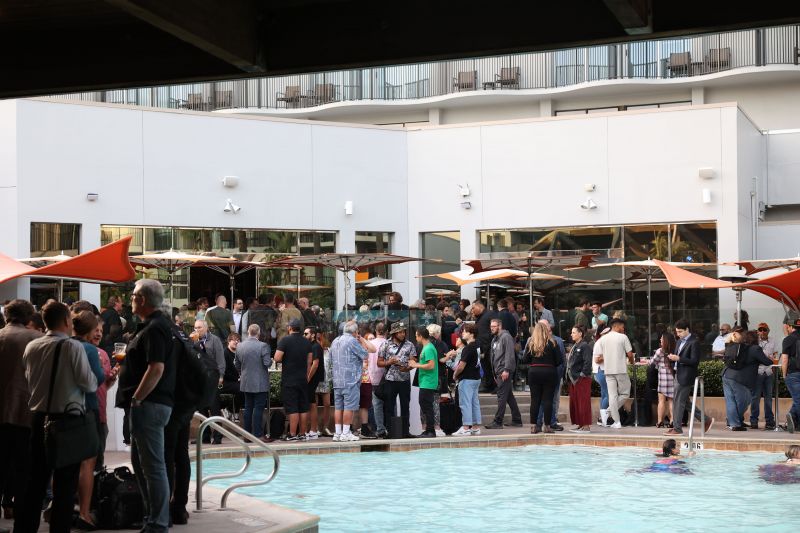Gear-Synergy: The Beauty of a Multiple-Product Show
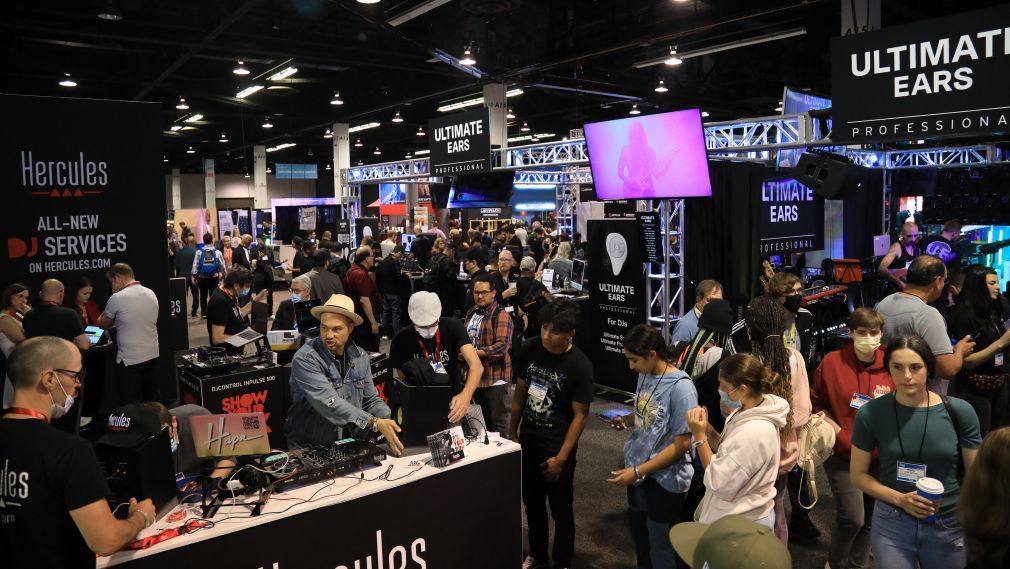
I’m not just the marketing manager at NAMM. I’m a guitarist, keyboardist, producer, engineer, and former tour manager. When I explore The NAMM Show, I’m never focused on any one product community. I’m looking for ways to connect multiple pieces of gear.
Too often, companies can focus on making their products ideal for one group — the synth for all synthheads. But musicians don’t follow these lines anymore. I love The NAMM Show because I can find a synth that sounds great running into my guitar pedals, which then feed my 500-series pre-amp into my DAW and an awesome plugin I found at Software.NAMM. The sum of the gear is greater than its parts — and only at The NAMM Show can I find all those parts.
Put another way, a show that is too focused on one product community misses how music is actually being created in the real world. As more musicians rely on laptops to run their live sets, the possibilities for MIDI-controlled everything continues to rise. That’s why NAMM and the MIDI Association are such kindred spirits and frequent collaborators. MIDI was introduced at The NAMM Show in the 80s, and to this day, it drives much of the synergy across the product communities at the show (including the awesome MIDI Showcase that houses some off-the-wall gear).
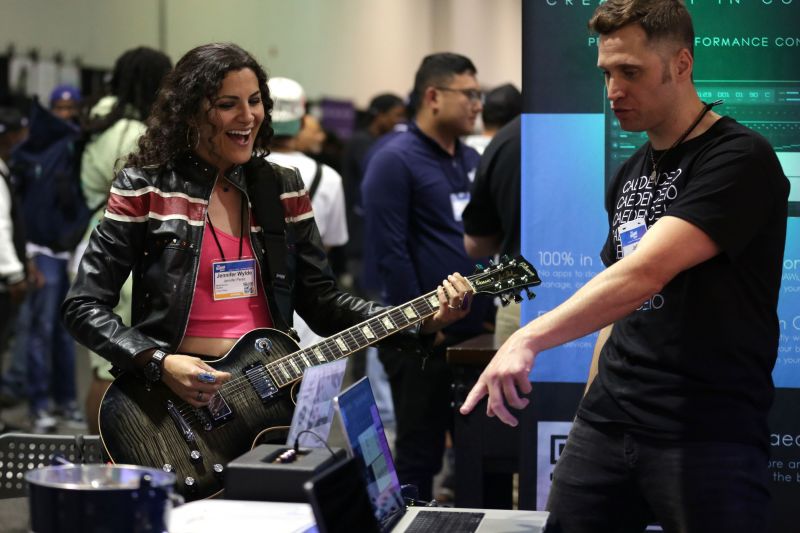
But what’s next? MIDI 2.0 is one answer. Other innovations like digitally controlled analogue gear or immersive audio have ramifications far beyond their pro-audio silos. Only through a large and diverse marketplace can manufacturers and retailers see the ways that seemingly disparate innovations can influence their own.
As a weekend-warrior record producer, I want an immersive audio synth running into a recording interface that can handle those inputs — all highlighted by a truly ambisonic IR reverb. I realize that’s a lot of jargon, but that’s what producers and engineers worldwide look for today. We’ll spend a lot of money on the right tools because they set our sounds apart.
What manufacturer will identify these needs and make these tools? What retailer will carry and recommend them? After these years of isolation brought on by the pandemic, a silo mentality has set in. Those that come to the show have the best chance to break free from their silos and set trends rather than follow them. As we know, early movers on technological innovation can quickly upset pre-existing market share. If there’s anything I’ve learned from the past few years, it’s that the future is not easily predicted, and overconfidence is not often rewarded.
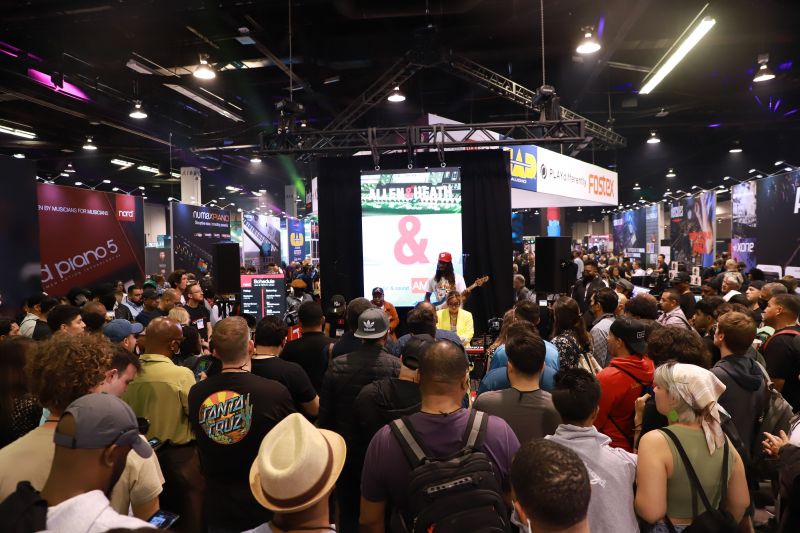
Innovation comes from our periphery, from imagination, and not repetition. At The 2022 NAMM Show, I was chatting with Sounwave, a producer for Kendrick Lamar, Taylor Swift, SZA, etc., as we toured the synth, software, and pro audio sections of the show floor. He shared new ways that he was using familiar products on hit records. In some cases, the booth staff had already left the floor for dinner, missing a chance to get direct feedback on surprising use-cases of their products. Others stuck around and chatted, kicking off new product innovations with this free market research from an industry leader. Others still didn’t come to the show, missing the chance to get their gear into Sounwave’s studio and onto his Instagram. What’s the ROI on that?
Retail should also consider the opportunities to meet with these end users at the show. When I attended my first NAMM Show in 2010, I felt I was looked down on, as I was presented as a musician rather than a buyer. But the reality is that I was a buyer, an influencer, a creator, and a musician, and I still am. At the show, retailers can meet their A-list customers and manufacturers. Isn’t that incredibly valuable? Not only will you see the future of products, but you’ll also understand how they’re being used to create and how to best sell to these groups through NAMM U education.
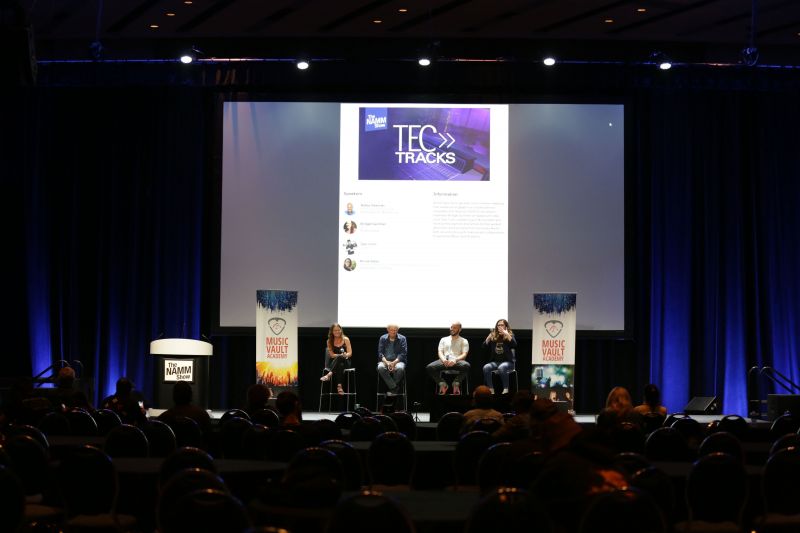
Additionally, more students than ever are attending the show. This enterprising next generation will make our industry younger and more diverse. The companies that attend the show have access to these future leaders, providing them with mentorship. An intern you meet on the show floor might be your CEO someday. The investment in the show isn’t just an investment in yearly sales; it’s bigger than that.
My central recommendation is for us as an industry to look for new collaboration points across product types and pioneer ways to pull innovation from one hall into another. And only at the show can we grasp the scale and scope of change throughout our sector and beyond.
Now is our chance to break down barriers. And it’s imperative. As the stimulus dries up, our industry needs innovation to power our next chapter. Investing in the future, however nebulous, is the best way to stay nimble and relevant. When you choose whether to attend or exhibit in 2023, I only ask: Can you afford to miss out?
Registration is open now at https://registration.namm.org. I hope to meet and share in your experience at the show, April 13–15, 2023.
